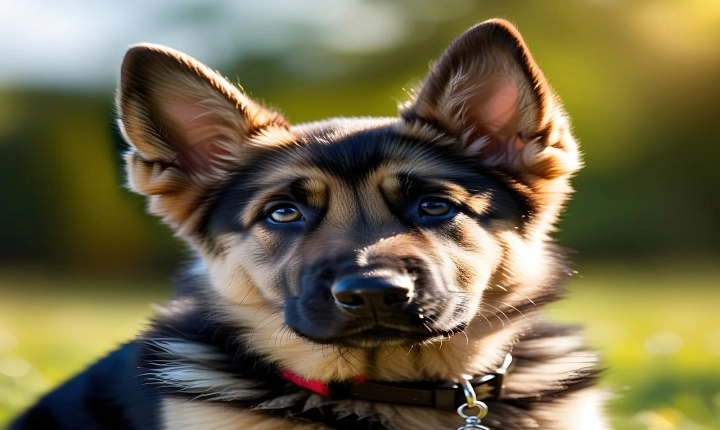Title: Exploring the Vision of An AI Artist
In the rapidly evolving landscape of technology, artificial intelligence (AI) has made significant strides in various domains, including art. The emergence of “AI artists” has piqued the interest of art enthusiasts, technologists, and the general public alike. But what exactly is an AI artist, and how does it contribute to the world of art?
AI artists are a product of the intersection between advanced algorithms, machine learning, and creative expression. These sophisticated systems are designed to analyze existing art, learn patterns, and generate original pieces that mimic the style and aesthetics of human-created artworks. This ability to interpret and produce artistic content has sparked debates about the nature of creativity, the role of artists, and the impact of technology on artistry.
One of the key features of AI artists is their ability to explore vast amounts of data and generate completely new and innovative works. By analyzing countless paintings, sculptures, and other art forms, AI artists can develop a deep understanding of various artistic techniques, styles, and movements. This wealth of knowledge allows AI artists to create art that reflects the influence of diverse historical and cultural contexts, often blending different elements in ways that may not have been previously conceptualized by human artists. As a result, AI artists have the potential to revolutionize the art world by introducing fresh perspectives and pushing the boundaries of creative expression.
Furthermore, AI artists can collaborate with human artists to create hybrid artworks that combine the unique capabilities of both parties. Such collaborations can lead to groundbreaking creations that incorporate the precision and computational power of AI with the emotional depth and intuition of human artists. This fusion of human creativity with AI-driven innovation can yield art that challenges traditional norms and redefines the possibilities of artistic practice.
However, the rise of AI artists also raises important questions about authorship, originality, and the ethical considerations surrounding the use of technology in art. Critics argue that AI-generated art may lack the authenticity and emotional resonance that is synonymous with human creativity. They caution against the potential devaluation of human artists and the commodification of art as a result of the widespread adoption of AI-generated works. Moreover, the issue of copyright and intellectual property rights in the context of AI-created art remains a point of contention within the art community.
Despite these concerns, AI artists have the potential to democratize the creation and consumption of art by making it more accessible and inclusive. The ability of AI to generate art at scale can provide opportunities for emerging artists, facilitate cultural exchange, and nurture creativity in communities where art may not have been readily available. Additionally, AI-generated art can serve as a catalyst for interdisciplinary collaborations, inspiring new forms of expression and sparking dialogue across different fields.
In conclusion, the concept of an AI artist represents a convergence of technology, creativity, and artistic exploration. While it challenges traditional notions of artistry and raises ethical and philosophical questions, it also offers unprecedented opportunities for innovation, collaboration, and the evolution of art as a whole. As AI artists continue to push the boundaries of what is possible, they are poised to shape the future of art and inspire a new era of creativity.
